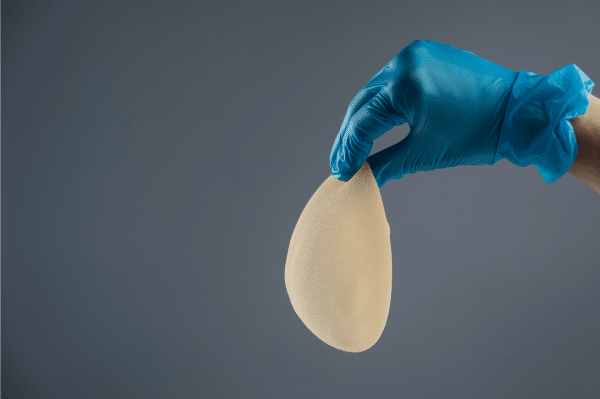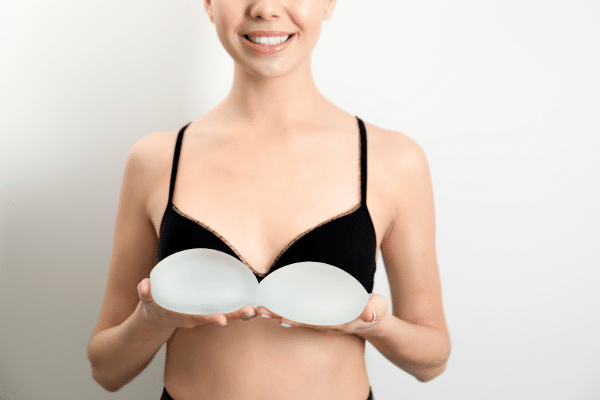How Much Do Breast Implants Cost?
Considering breast augmentation in San Francisco but worried about the breast implants cost? Many patients would love to enhance their chest and overall profile with breast implants, but price is certainly something worth giving close consideration to.
Unfortunately, health insurance does not typically pay for breast augmentation or breast implants unless the procedure is performed for medical reasons — such as for a patient who has undergone a breast cancer related mastectomy and will require breast reconstruction with implants.
On the other hand, there are certainly alternative options for paying for breast implants if this surgical procedure is something you are truly serious about.
In the article below, we will go over the major factors to consider when looking at the average cost of breast augmentation. We’ll also take a look at some of the ways patients typically pay for breast enhancement surgery.
How Much Do Breast Implants Cost?
How Are Breast Augmentation Costs Calculated?
The cost of breast implants (a breast augmentation procedure) is calculated differently for every plastic surgeon. Most notably, each plastic surgeon is going to charge their own unique cosmetic surgeon’s fee.
A surgeon’s fee is a plastic surgeon’s cost for their services, and it usually includes use of their office space and operating room (if applicable), their equipment and staff, and their services during consultation appointment and follow-up appointments.
Some surgeons offer additional services and products as well as consultation fee, such as items to assist with the breast implant surgery recovery process.
Depending on all of these factors, in addition to the geographical location of the surgeon’s practice, most plastic surgeons have a set fee that they start with for each procedure. Note that plastic surgery practices located in urban areas tend to charge more for consultation fees than plastic surgery practices located in rural areas. The cost of living is simply very different when you compare the two.
From there, additional charges may be added when a patient’s situation requires special treatment or extended care.
For example, a patient who is seeking breast augmentation revision surgery because of a botched breast augmentation with another surgeon’s fees, may be charged more for their revision surgery than a patient who is seeking their first breast augmentation. This is simply because the former patient would require extra care, which would be more extensive and challenging.
Breast Implants Cost
In addition to a surgeon’s fee, patients need to pay for their actual implants as well. Breast implants can go from basic pricing to quite expensive.
For example, gummy bear implants (and sometimes even silicone gel implants) tend to be more expensive, whereas saline implants tend to be on the inexpensive side.
Aside from implant material, there are a range of considerations various factors and options to look at when choosing your breast implants.
This is where your consultation appointment will be extremely important. Dr. Sieber will work with you one-on-one to help you determine the best types of breast implants for you and your goals.
Facility Costs and Anesthesia Fees
Naturally, your main contact throughout the entire experience of getting breast implants is going to be your plastic surgeon and their team.
But it’s worth noting that you’ll be using services, equipment, and healthcare providers in other settings as well.
Most notably, if you undergo surgery at a hospital or outpatient surgical facility, you’ll need to pay the costs these facilities charge in addition to your surgeon’s fee and the cost of implants.
In some cases, plastic surgeons will already have included these fees in their final cost estimate. That is, they will consider these costs their own and then separately charge you for them with an all inclusive price. But more often than not, these charges will be itemized separately on your bill.
In addition to facility costs, you’ll more than likely need to directly pay an anesthesiologist and their nurses as well. Breast augmentation can be performed with general anesthesia, or, sometimes, with local anesthesia and sedation.
With general anesthesia, especially, the cost is higher, so this may be a significant portion of your final bill.
Additional Fees
Lastly, other out-of-pocket expenses may be expected of you for cosmetic procedure as well. This may include things like preoperative tests required for breast augmentation surgery clearance, postoperative compression garments, postoperative medications, etc.
How Much Does It Cost to Get Breast Implants?
The cost of getting breast implant surgery can vary significantly based on multiple factors. To obtain an accurate estimate, you should book an appointment with a board-certified plastic surgeon who can assess your specific needs.
Still, as a general guideline, it’s important to note that breast implants tend to be more expensive due to the additional complexity and surgical techniques involved in achieving both augmentation and breast reshaping.
Payment Options for Breast Augmentation Surgery
Some plastic surgeons may offer financing plans that allow patients to pay for their procedure in monthly installments.
More often, surgeons partner with medical financing companies or healthcare credit card companies to offer upfront coverage and reasonable payment plans. CareCredit is one example.
Of course, you can always pay upfront for your breast augmentation surgery, and most surgeons also accept credit card payments for breast implant surgery.
Questions and Answers
How long do breast implants last?
Saline or silicone implants generally have a lifespan of approximately 10 to 15 years, with up to 20% of women opting to have them removed or replaced within a decade. Some women may choose to undergo revision surgery sooner, often motivated by a desire to upgrade to a more modern implant model.
Are breast implants covered by insurance?
Typically, insurance plans do not include coverage for breast augmentation procedures. However, they do provide coverage for breast implants for women who have undergone mastectomies as a result of breast cancer.
It’s important to note that if you require additional surgeries in the future, your health insurance might not extend coverage for those procedures. Furthermore, having breast implants may potentially impact your insurance rates in the future.
Set Up a Personal Consultation for Breast Implants
Although the cost of breast augmentation is certainly worth giving close consideration to, also remember the benefits that breast surgery can provide. For many patients, it is totally life changing.
Getting the breasts and body you’ve always dreamed of can boost your confidence, improve your career and relationships, and give you that nudge you needed to continue leading your best life.
Whether you choose silicone or saline implants, large or small, teardrop breast implants or round, we can help you decide on the best cosmetic surgery approach for you and your goals.
Of course, if you have questions about the procedure or your average breast augmentation cost, we’re always here to answer them.
Book your consultation appointment today to discuss your procedure and get a quote for the total cost. Double board certified plastic surgeon Dr. David Sieber performs breast augmentations in the San Francisco Bay Area.
References
https://www.plasticsurgery.org/news/blog/how-much-does-breast-augmentation-cost



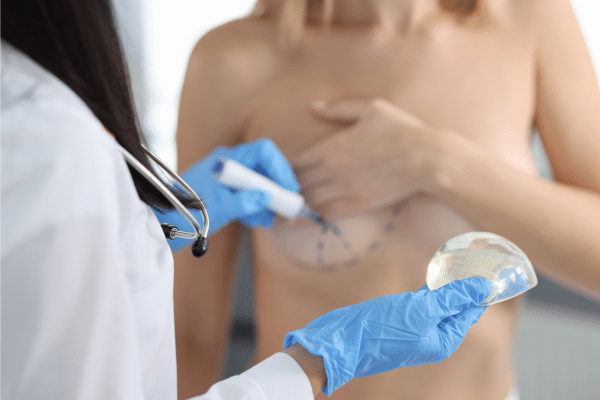



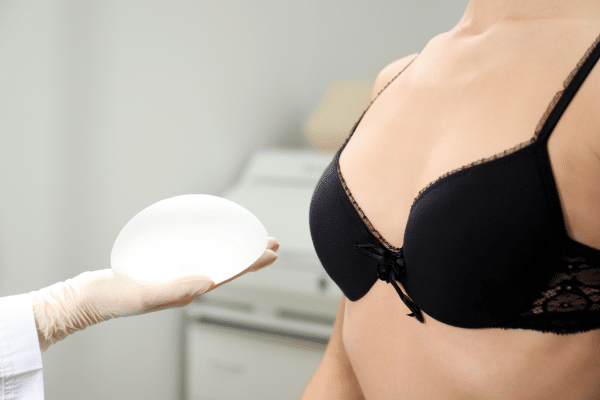

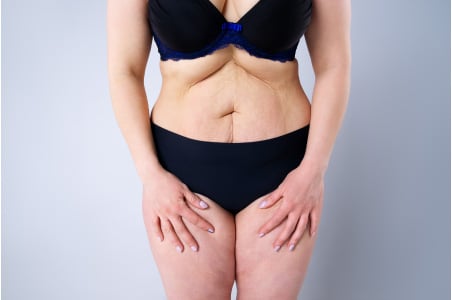 What Is Liposuction and Who Is It For?
What Is Liposuction and Who Is It For?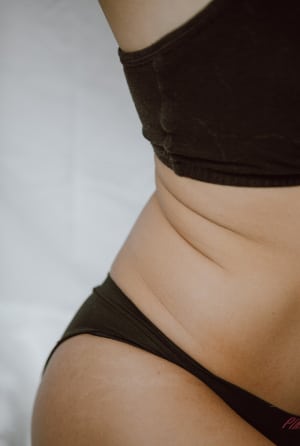 Questions and Answers about T
Questions and Answers about T